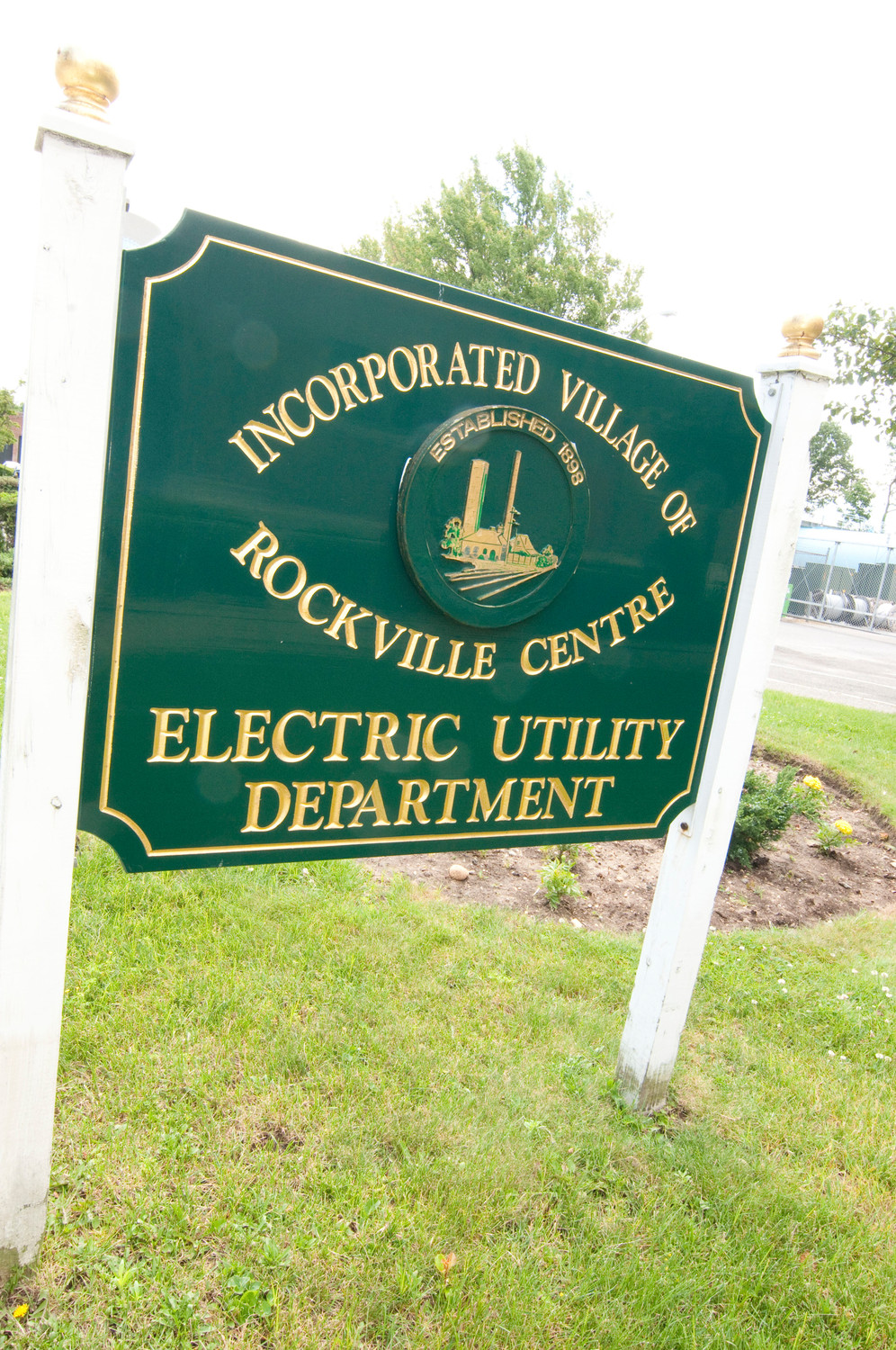Rockville Centre's microgrid plan moving forward
Planned upgrades would prevent outages seen in recent storm

Two of the three 33,000-volt transmission lines that supply Rockville Centre’s six substations were interrupted during last week’s snowstorm, cutting off power to about 4,330 residential and commercial customers.
Despite having one of three municipally owned electric utilities on Long Island with the capability to generate power on its own, the village could not remedy the situation alone, as the storm affected two substations not currently connected to emergency generators. A microgrid, like the one the village has proposed building over the next decade, would help mitigate such outages, officials said.
The planned project is currently about halfway into Stage Two, which involves preparing preliminary engineering reports, bids and business plans, according to Phil Andreas, superintendent of the village Electric Department.
The three transmission lines that supply more than 50 percent of Rockville Centre’s energy are owned by the Long Island Power Authority and operated by PSEG Long Island, and the village purchases supplemental power from the New York Independent System Operator. It has a long-term power purchase agreement with the New York Power Authority through 2024, Andreas said.
“One of the lines tripped was due to a downed wire, and the cause of the second trip is unknown at this time,” said Elizabeth Flagler, a PSEG Long Island spokeswoman. “However, based on the weather conditions, it could have been caused by snow buildup, blowing debris . . . This left Rockville Centre on one PSEG Long Island substation.”
The village reported losing power at about 4:45 p.m. on March 7, and some homes and businesses were without power until 8:30 p.m., Andreas said. At 9 p.m., PSEG Long Island reported that it had restored 30,770 of the 70,294 customers affected by the storm. The village’s Electric Department owns and operates a small power plant — which burns No. 2 fuel oil and natural gas — that is used during peak summer periods, generating between 10 and 25 percent of the village’s power at those times.
“We can import about 45 megawatts of power,” Andreas said. “Our all-time peak is about 58, so we have to self-generate to make up the difference.”
The village has also generated power during storms, but could not remedy the outages last week, as substations 5 and 6 were interrupted. The emergency generators can supply power only to substations 1, 2, 3 and 4, Andreas explained. Substations 5 and 6 were built 10 years ago, he added, after the village strayed from self-generation.
“We’re going to take one of these big emergency generators and electrically reconnect it to substations 5 and 6,” Andreas said, “so we do have some backup power to serve those homes and commercial facilities.” Those substations supply the northern sections of the village as well as several circuits on the south side, outside the business district, according to village spokeswoman Julie Scully.
The plan is part of a bigger proposal to build a microgrid, a local energy network that can operate separately from a larger grid.
Last March, the village was awarded $1 million in the second stage of the New York State Energy Research & Development Authority’s NY Prize Community Microgrid competition. Village officials said previously that the microgrid would serve about 2,900 residents and 34 critical facilities, including hospitals, first responder headquarters, drug stores, supermarkets and gas stations, but new plans have it covering nearly 5,000 residents and 58 facilities. It would also help the village move toward renewable energy sources.
Six public facilities lost power during the March 7 storm, Andreas said. Village Fire Chief Brian Cook said that one of the department’s firehouses lost power for a short time, but that didn’t keep volunteers from responding to about 20 calls, which included downed wires and automatic alarms.
Police Commissioner Charles Gennario said the department did not lose power, and that one of the force’s main jobs during outages is calling the 60 or so residents on life support to make sure they have backup energy for respirators or additional oxygen.
“If they don’t, we have to make arrangements,” said Gennario, who was in contact with Nassau County’s Office of Emergency Management during the storm last week to secure more oxygen just in case. “Worse comes to worst, we’d take them to the hospital, but we have oxygen that we can supply.”
Andreas said that the village would send out bids in the next several weeks. The microgrid project could cost about $20 million, a feasibility study found, and could be done over six to eight years, though there has been no final estimate of the cost.
To keep rates stable while modernizing the plant, village officials are looking into grants, and seeking a third award from NYSERDA in Stage Three of its competition at the end of this year or early next year, which Andreas said could be more than $1 million.
He added that without the funding, the village would have to reassess to what extent the plant could be modernized. Andreas asserted, “We do believe that there is a real need to move forward with the project.”

 50.0°,
Overcast
50.0°,
Overcast 




